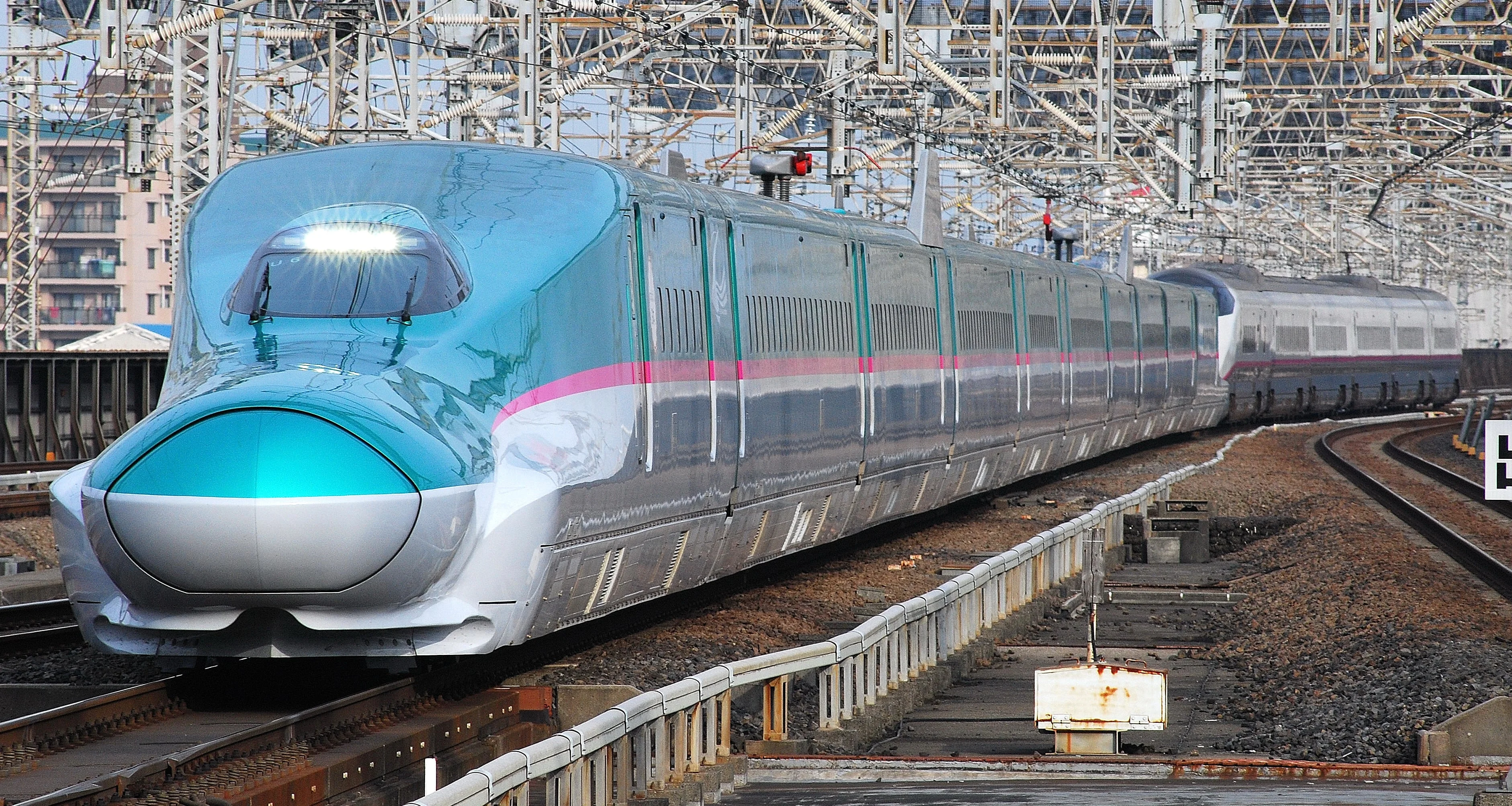Japan will give India two Shinkansen train sets -- the E5 and E3 series -- gratis, The Japan Times said on Tuesday. The effort is supposed to aid in testing and inspecting the Mumbai-Ahmedabad High-Speed Rail corridor, which is under construction.
The two train sets, to be delivered in early 2026 after being fitted with inspection equipment, will be used to collect crucial operational data, especially regarding India's unique environmental challenges such as high temperatures and dust.
The E10 series, to be launched in the early 2030s, is under consideration for the same Mumbai-Ahmedabad high-speed corridor, but it won't be ready for the August 2027 partial opening. The inspection of the E5 and E3 trains will enable Japan to perfect the design of the E10, the new-generation Shinkansen (bullet train) model that both nations intend to implement by the early 2030s.
What are E5 and E3 Shinkansen?
E5 series is a 320 kmph-capable train manufactured by JR East and has been operating since 2011. It was initially chosen for India's maiden bullet train route. The E3 series is an older model but still serves for the primary mini-shinkansen operations. Both trains are famous for their aerodynamic profiles, cutting-edge safety features, and silky-smooth ride.
Though India had previously intended to deploy the E5 trains for passenger operations, delays and cost overruns prompted reconsideration. The gifting of these trains, coupled with its decision to switch to the newer E10 model, has rekindled impetus for the project. E10, or Alfa-X, can achieve a top speed of 400 kmph and is the epitome of Japanese rail technology.
Why it matters for India
The Shinkansen is not merely a high-speed train -- it's an icon of contemporary engineering, punctuality, and security. Its implementation in India via the Mumbai-Ahmedabad corridor is a huge leap in overhauling Indian railways. Having the E5 and E3 trains act as inspection trains gives India direct hands-on experience with the technology prior to the implementation of the E10.
More significantly, this also marks a long-term strategy to make the Shinkansen compatible with Indian conditions. The trains will be tailored to accommodate greater luggage space and harsher weather conditions. This is part of India's larger rail modernisation initiative under the National Rail Plan 2030.
Who is financing the train?
The bullet train project is financed to a significant extent through a low-interest loan of the Japan International Cooperation Agency (JICA) for around 80 per cent of the cost. With repayment over 50 years at a mere 0.1 per cent interest, the financial mechanism is made sustainable for India.
This is not the first time Japan has exported its Shinkansen technology overseas. When Taiwan constructed its high-speed rail link, Japan supplied a test train of the first generation. The move to India now follows that precedent.
